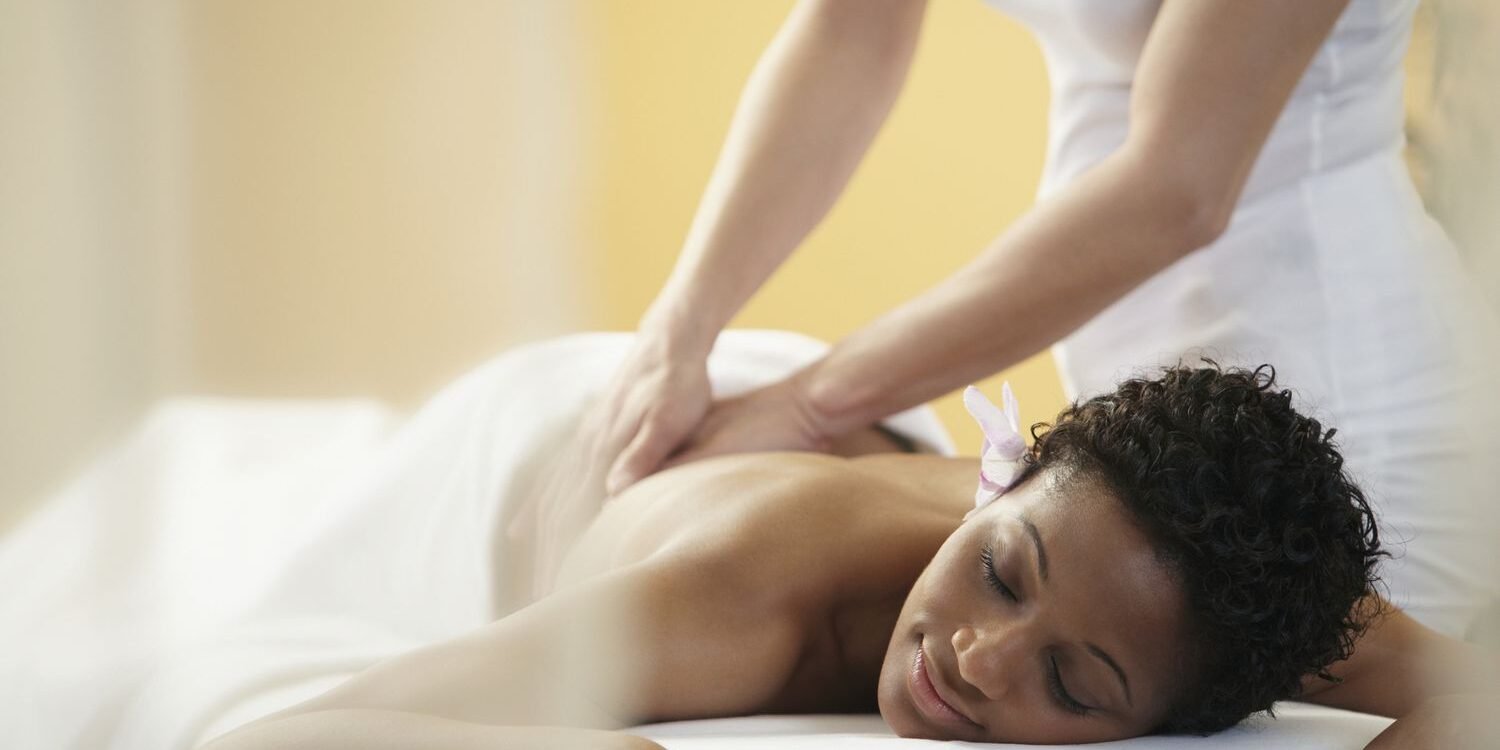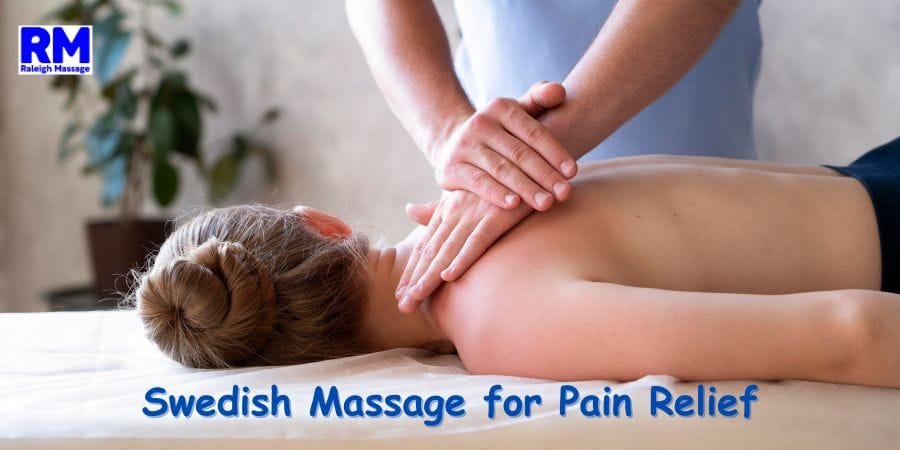Have you ever experienced one of those days where every muscle in your body seems stiff and sore? Maybe you’re sitting too long at your desk, exercising too strenuously or simply coping with stress. I’ve been there too. That’s when I found Swedish massage, and everything changed for me. If you need an easy and effective technique to alleviate your pain, Swedish massage could be exactly what you’re searching for.
What is Swedish Massage?
It is one of the most common and well-known forms of massage therapy. This type of massage uses soft, gliding pressure to relax you and increase your blood flow. The techniques used include:
- Effleurage – Long, gliding strokes that warm the muscles
- Petrissage – Kneading strokes that relieve tension
- Friction – Slippery circular motions to loosen up knots
- Tapotement – Rhythmic tapping to improve circulation
- Vibration – Moving back and forth which relaxes the body
They are used each as a means of alleviating pain or creating a deep sense of comfort. The best part? It’s a safe, natural, noninvasive way to feel better.
Who Can Benefit from Swedish Massage?
Pain can make even simple tasks feel exhausting. Whether it’s chronic pain or occasional soreness, Swedish massage helps in several ways.
1. Improves Blood Circulation
When muscles don’t get enough oxygen, they become stiff and painful. Swedish massage boosts circulation, bringing fresh oxygen and nutrients to your muscles. This helps to speed up healing and reduce soreness.
2. Releases Muscle Tension
Tight muscles can lead to pain, stiffness, and even headaches. The kneading and friction techniques in Swedish massage help to release tension, making your muscles feel looser and more flexible.
3. Reduces Stress and Anxiety
Stress and pain are closely linked. When you’re stressed, your body holds tension, which can lead to discomfort. Swedish massage promotes relaxation by lowering cortisol levels. The more relaxed you feel, the less pain you experience.
4. Enhances Flexibility
Stiff joints and muscles can limit movement, making daily activities difficult. Regular Swedish massage helps to keep your muscles flexible, reducing the risk of injury and pain.
5. Triggers the Release of Endorphins
Endorphins are the body’s natural painkillers. They help to block pain signals and improve your mood. After a Swedish massage, you’ll likely feel happier and more energized.
What to Expect During a Swedish Massage?
If you’ve never had a Swedish massage before, you might wonder what happens during a session. It’s a simple and relaxing process.
- The Setup: You’ll lie down on a massage table, covered with a sheet. The room will likely have dim lighting and soft music.
- The Massage: The therapist will use a combination of strokes to work on different muscle groups. They may use massage oil or lotion for smooth movements.
- Pressure Level: You can always communicate with your therapist if you prefer lighter or deeper pressure.
- Duration: Most sessions last between 60 to 90 minutes.
- Aftercare: You might feel a bit sleepy afterward, so drink water and take it easy for the rest of the day.
How Often Should You Get a Swedish Massage?
The frequency of your massages depends on your needs. If you have chronic pain, you may benefit from weekly sessions. If you’re just looking for occasional relaxation, a massage once or twice a month should be enough. The key is consistency.
Are There Any Side Effects?
Swedish massage is generally safe, but some people may experience mild soreness after a session. This is normal and usually goes away within a day or two. Drinking plenty of water helps to flush out toxins released during the massage.
However, if you have any medical conditions, it’s always best to check with your doctor before getting a massage.
Pain shouldn’t be something you just “deal with.” Whether it’s from stress, physical activity, or a medical condition, Swedish massage offers a natural and effective way to feel better. It’s a simple solution that can make a big difference in your daily life.
So, if you’re tired of feeling sore and tense, why not give Swedish massage a try? You deserve to feel good. Book your Swedish Massage in Wake Forest, NC
FAQs
1. How long does it take to feel relief after a Swedish massage?
Relief can be felt immediately for some people, while others may notice it a few hours later. The muscles relax, and tension starts to fade away during the session. If you have chronic pain, it may take multiple sessions to experience lasting results. However, even one massage can bring noticeable relief by improving circulation and easing muscle tightness.
2. Is Swedish massage safe for everyone?
Swedish massage is generally safe, but there are some exceptions. If you have a serious medical condition, such as deep vein thrombosis, osteoporosis, or certain skin infections, you should consult your doctor before getting a massage. Pregnant women can also enjoy Swedish massage but should seek a therapist trained in prenatal massage for safety.
3. Can Swedish massage help with lower back pain?
Yes, Swedish massage is great for lower back pain. It helps by loosening tight muscles, improving blood flow, and reducing inflammation. Many people with chronic back pain feel relief after just one session. Regular massages can also prevent stiffness and discomfort from returning.
4. How does Swedish massage compare to deep tissue massage?
Swedish massage focuses on relaxation and gentle muscle relief, while deep tissue massage targets deeper muscle layers with more pressure. If you have general muscle tension and want relaxation, Swedish massage is the better choice. If you have chronic pain or knots that need deep pressure, deep tissue massage might be more effective.
5. What should I do after a Swedish massage?
After a Swedish massage, it’s important to drink plenty of water to help flush out toxins released during the session. Avoid intense physical activities for the rest of the day, as your muscles need time to recover. Some people feel sleepy after a massage, so taking a short rest can enhance the benefits.









